Earth Science and Engineering
Securing future energy supply
KAUST’s Earth Science and Engineering Program is underpinned by a drive to develop sustainable ways to get the best from natural resources and quantify environmental hazards.
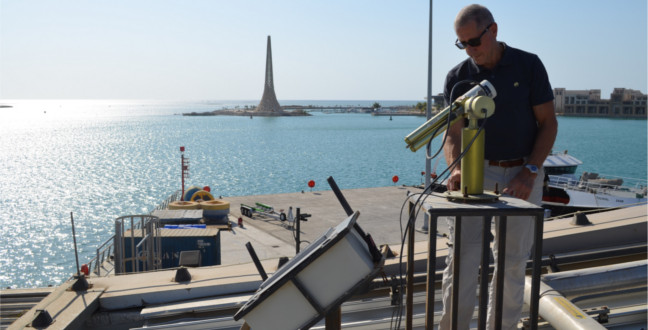
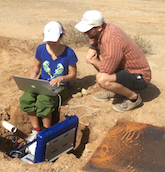
Installation of seismic monitoring station in the area of the King Abdullah Economic City (KAEC). The seismic sensor will record slightest movements of the earth and extract information about earth structure underneath the recording site.
© KAUST
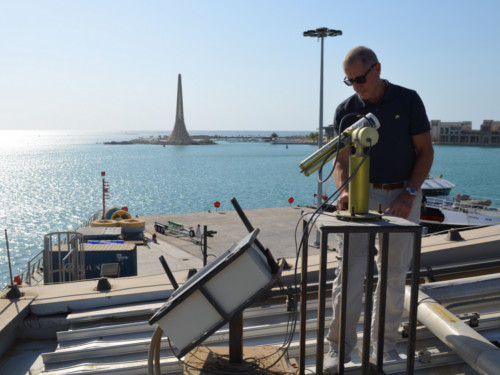
Georgiy Stenchikov at the Kaust AERONET station established in 2012. The NASA-Aeronet instruments measure aerosol abundance and size distribution, detect dust storms, and quantify dust effect on radiation transport in the atmosphere, specifically solar fluxes.
© KAUST
Saudi Arabia is a country rich in natural resources, and rapid developments in the petro-chemical industries have allowed its economy to thrive in recent years. With these benefits comes a responsibility to develop technologies to utilize resources in sustainable practices.
Any such innovation requires an understanding of the Earth’s natural processes and the potential hazards of exploiting them. The Earth Science and Engineering Program (ErSE) at KAUST plays a pivotal role in research and development of all aspects of the artificial and natural environment, in Saudi Arabia and beyond.
“Saudi Arabia, a country with an extreme climate and unique geology, has ambitious plans on energy production, oil recovery, renewable energy development, urbanization and industrialization,” explains Martin Mai, faculty member at ErSE. Mai says the ErSE program covers a broad scope of research, divided into two streams: Fluid Earth Systems and Solid Earth Systems.” As with other KAUST programs, interdisciplinary research and international collaborations are at the heart of many ErSE projects.” he says
The Fluid Earth Systems stream focuses on observation, modelling, and prediction of physical processes in atmospheric and ocean environments, and flow modelling for oil exploration. Given that Saudi Arabia lies in the one of the Earth’s largest deserts, dust pollution in the atmosphere is studied intensively at ErSE.
As Georgiy Stenchikov, program chair, explains: “Anthropogenic pollution from Africa, Asia and Europe, high temperatures and intense insulation combine with the dust to provide unique conditions for atmospheric photochemistry”.
“The Arabian Desert receives enough solar energy to power the entire world, if it were harnessed effectively. However, dust deposited on solar panels limits their performance.”
By quantifying and predicting dust pollution levels, ErSE researchers will improve the conversion rate of future renewable energy and promote a healthy living environment in the Kingdom.
The rich oceanic basin of the Red Sea is another focus for Fluid Earth Systems researchers. Apart from being a source of food and offshore oil, the Red Sea, as one of the world’s most important shipping routes, plays a role in regional security. However, knowledge of the oceanographic conditions of the Red Sea is still rudimentary. Professor Ibrahim Hoteit and his team are studying the formation of a hyper-saline dense water mass that escapes from the Red Sea into the Indian Ocean, as a result of intense fresh water evaporation. Their research also includes analyzing the Red Sea’s oceanic currents and investigating how this impacts marine biology.
The country’s oil and gas industry relies on a firm understanding of underlying geology, and benefits from research, by Gerard Schuster and Tariq Alkhalifah, into innovative seismic imaging technologies for oil and gas reservoirs. The combined expertise of the Fluid Earth and Solid Earth tracks at ErSE are at the forefront of such research, as Mai explains: “Shuyu Sun and Victor Calo try to understand and model oil and gas reservoirs, utilizing KAUST’s state-of-the-art computing facilities. To predict the future behavior of reservoirs, for example, our researchers combine large geophysical datasets in order to build up a historical record of reservoir patterns.”
Investigations into natural hazards such as earthquakes and volcanism are also studied by the Solid Earth Systems team. Although such hazards do not appear to be an imminent threat in the country, seismic activity in Harrat Lunayyir in 2009 led to a widely-felt earthquake measuring 5.7 on the Richter scale. The intrusion of magma related to this event was studied in detail by Sigurjón Jonsson using remote-sensing satellite radar techniques. His team currently monitors the rise and growth of new volcanic islands in the Red Sea.
The geology of Saudi Arabia is punctuated by potentially active faults, even in the direct neighborhood of KAUST. Mai and Schuster are currently imaging the Qadimah fault, which traverses part of the King Abdullah Economic City. The researchers have deployed seismic networks in the area, collaborating with the Saudi Geological Survey to answer fundamental questions about the fault and its earthquake-generating potential.
There is clearly much to be learned about small-scale and large-scale geological features in Saudi Arabia. The ErSE faculty contributes to this knowledge gain by developing long-term, sustainable approaches to maximize natural resources and quantify environmental hazards.
References
- | article
You might also like
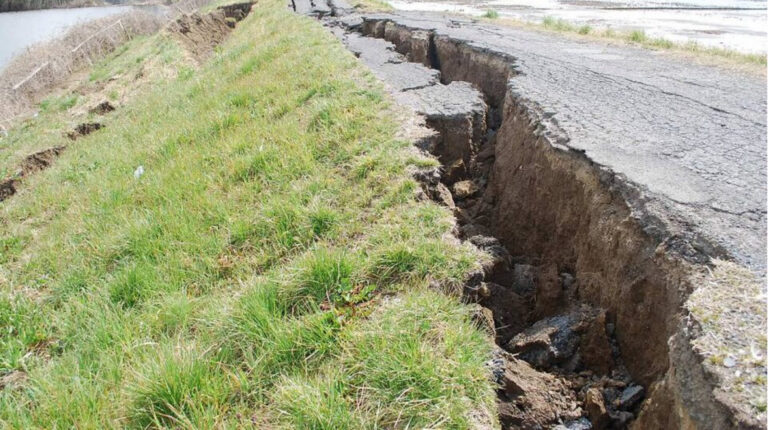
Earth Science and Engineering
When Earth breaks the “rules”

Earth Science and Engineering
Unearthing Arabia’s ancient foundations: New insights from the Ha’il terrane
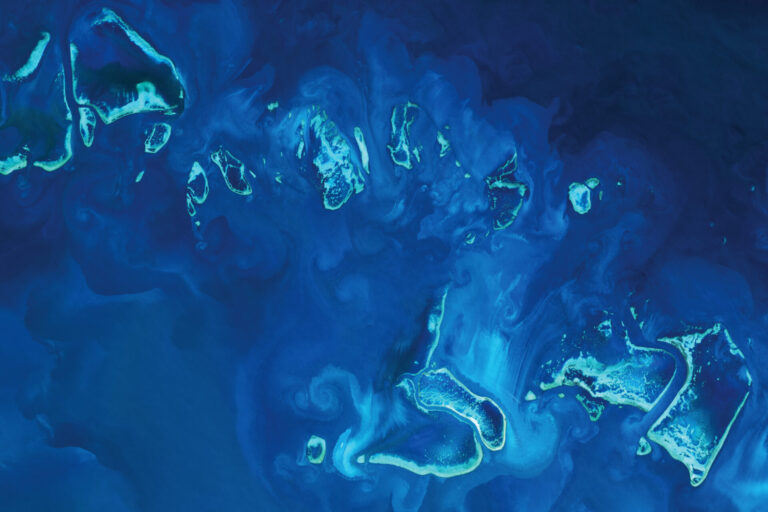
Earth Science and Engineering
Sensing color cues to monitor coral health in the Red Sea
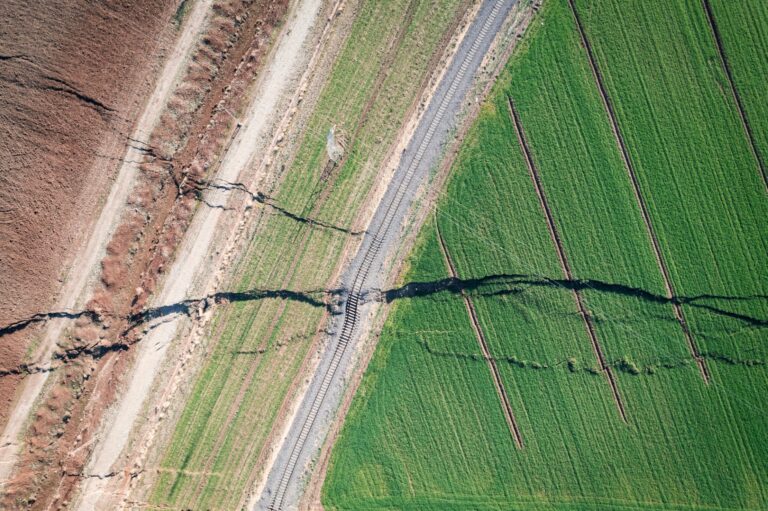
Earth Science and Engineering
Kahramanmaraş earthquake study showcases potential slip rate errors
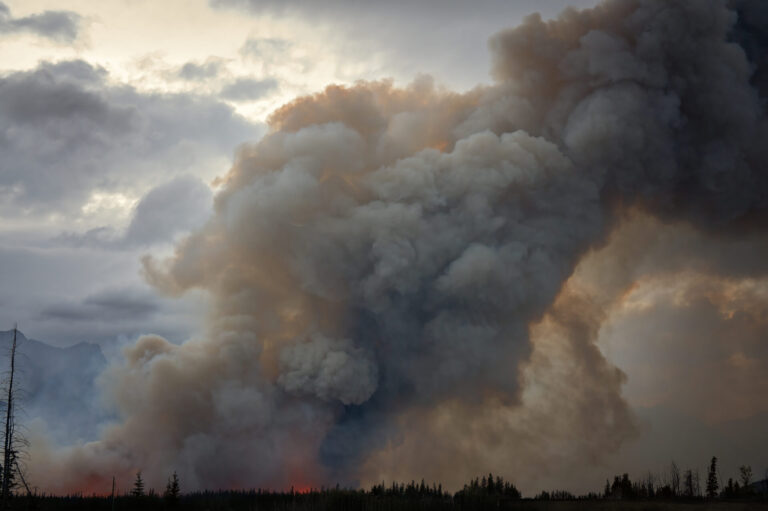
Chemical Engineering
Unveiling the role of biomass-burning aerosols in atmospheric reactions
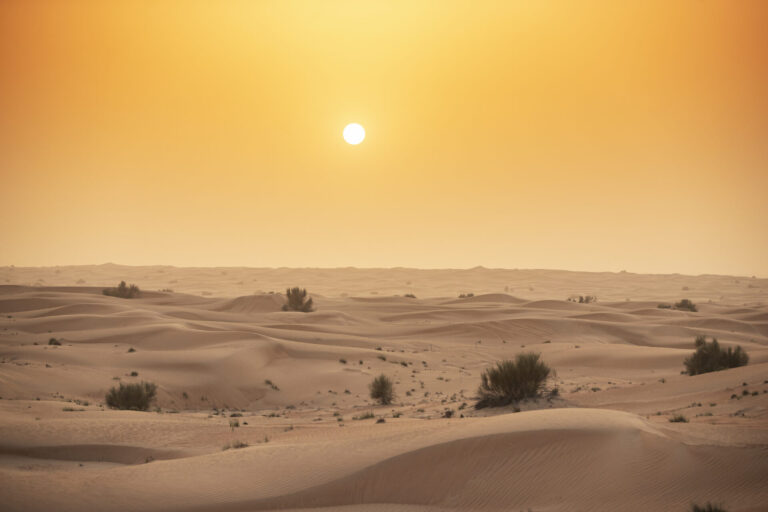
Earth Science and Engineering
Feeling the heat across the Middle East
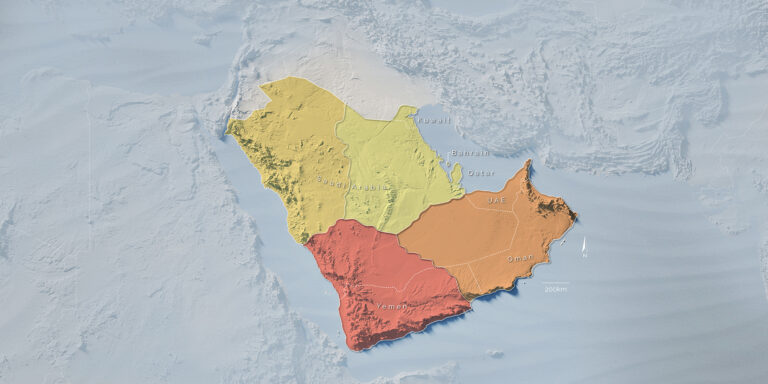
Applied Mathematics and Computational Sciences
Past and future drought patterns across the Arabian Peninsula
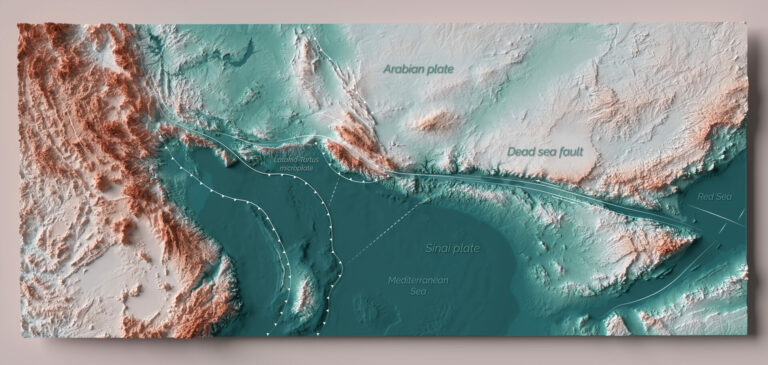
Earth Science and Engineering



